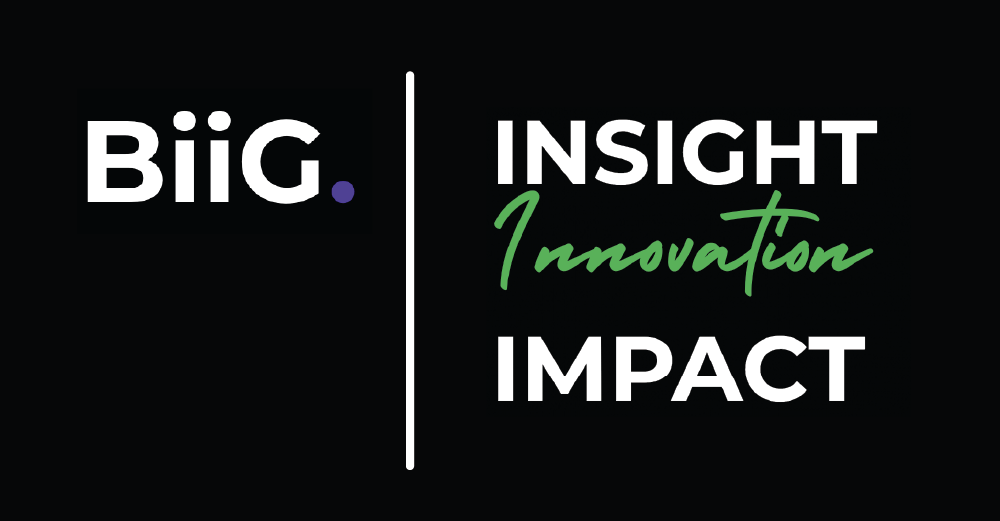Encouraging Enterprise Agility with AgileSHIFT®
Undoubtedly, there is value in moving to work in a more agile way – faster delivery of new services, faster return on investment, a higher quality end-product that’s closer to the customer requirements, and the ability to quickly identify when a new product isn’t going to work out – to name just a few.
But a common mistake often made by organisations wanting to tap into this value is to focus their attention on one team which is usually:
- Based in IT
- Primarily focused on software development
- Works on a new niche service to the main portfolio of services offered by the company
- Sent on Scrum to learn what Agile is
More often than not, this team will initially be very successful.
Unfortunately, this is a little too neat, as most organisations we have worked with or for, do not operate like this. No team can effectively work in isolation without the support of the rest of the organisation. New products and services need marketing, selling, funding, staffing and so on.
But nearly every Agile delivery approach mentions nothing about these further interactions, only referencing “the business” in the broadest possible terms. Let’s take marketing as an example. To launch a new service, the marketing team have lead times for planning, developing and executing campaigns. This could include everything from printed brochures to booking in advertising. How does this reconcile with a team developing and potentially launching new updates every 2-4 weeks in the case of Scrum?
This is compounded if the marketing team in question have very little knowledge of agile approaches or Scrum. How can they enable that Agile team to effectively work? In most cases, the Agile team ends up reverting to a more traditional approach to cater for the other parts of the business it has to interact with, ultimately losing a lot of the value which was mentioned at the beginning of this article.
For an organisation to truly benefit from an agile approach, it must include the whole organisation in that consideration.
This is the thinking that is at the core of AgileSHIFT®, the new best practice guidance from AXELOS (who also own best practice methods and frameworks such as PRINCE2® and MSP®). AgileSHIFT is targeted, not at the development teams, but at the rest of the organisation to help educate about and embed agile across support and frontline functions to enable a truly agile way of working.
Central to AgileSHIFT is a set of core principles that all teams can adopt. We won’t cover all principles here, but hopefully provide a flavour of them – in this case, in the context of the marketing team:
Change will happen, so embrace it
Customer expectations are constantly evolving and so products and services must evolve to meet and even exceed those expectations. Added to this, many external factors are also offering both risk and opportunity for businesses and marketers.
In the context of launching or updating new products, the marketing team must embrace the fact that the speed of change is increasing and find ways in which they can effectively respond and add value. This could be improving effective communication channels to customers and prospective buyers without causing delays in product launches and updates. It also may require learning new skills, using new tools or moving away from traditional processes. Perhaps the most obvious is how many have already moved away from print collateral given the expense and time to keep brochures up to date.
Challenge the status quo
Strongly linked to the embracing change principle, every part of the organisation must challenge the status quo. This can be as simple as asking “Why do we do things like that?”. This is not meant to be disruptive, but to keep an organisation from falling into the trap of approaching something one way simply because it has always done so.
If we take the marketing team as an example, are their internal processes as efficient as they can be? Do they create the same collateral they always have because an old director who left years ago used to like it? The answer might be that they are efficient at what they do, but without regularly challenging the norm, it is easy to stagnate.
Indeed, the change might not even originate from within the team, in our example at the beginning of the post, marketing processes might work for marketing but incompatible for the organisations new approach to product or service delivery.
An important part of this principle is also that teams need to be willing to experiment with these potential new ways of working. They may not all work, but without trying, the organisation will stagnate in it’s more traditional approach to operating.
Tailor your approach
Ultimately every organisation, and more than likely every individual part of that organisation, has the best approach to the work that it needs to do. Every team or department should be able to use the most effective tools for the work that it is trying to do.
In our example, if Scrum works for the IT development team, don’t then mandate that across the organisation. It will likely not be the most effective approach for marketing or other support functions. They must interact and respect each other’s approaches, but one size fits all is not conducive to success.
If we were to ask you to test the three principles discussed and how well you currently apply them, what would your answers be?
How well do you and your team embrace change? Do you regularly challenge the status quo of how you operate? Do you tailor your approach for the work that needs doing? And do you allow your staff and teams to tailor their approach for their work?
For more information on AgileSHIFT and the benefits it can bring your organisation, contact us today on 1300 70 13 14.




